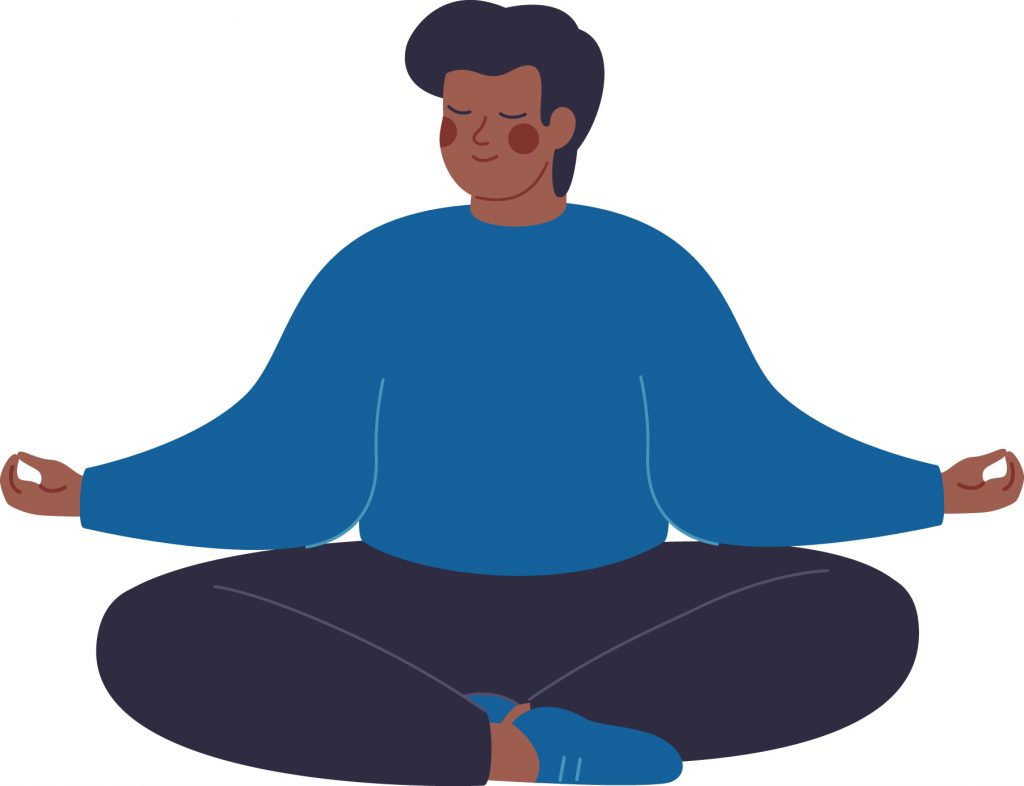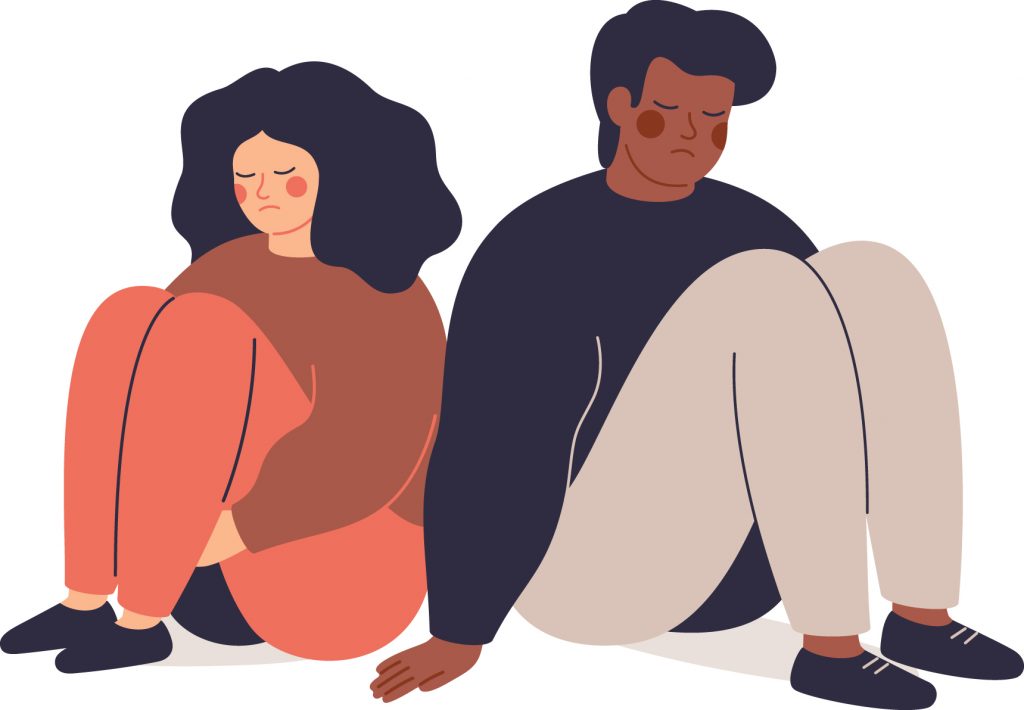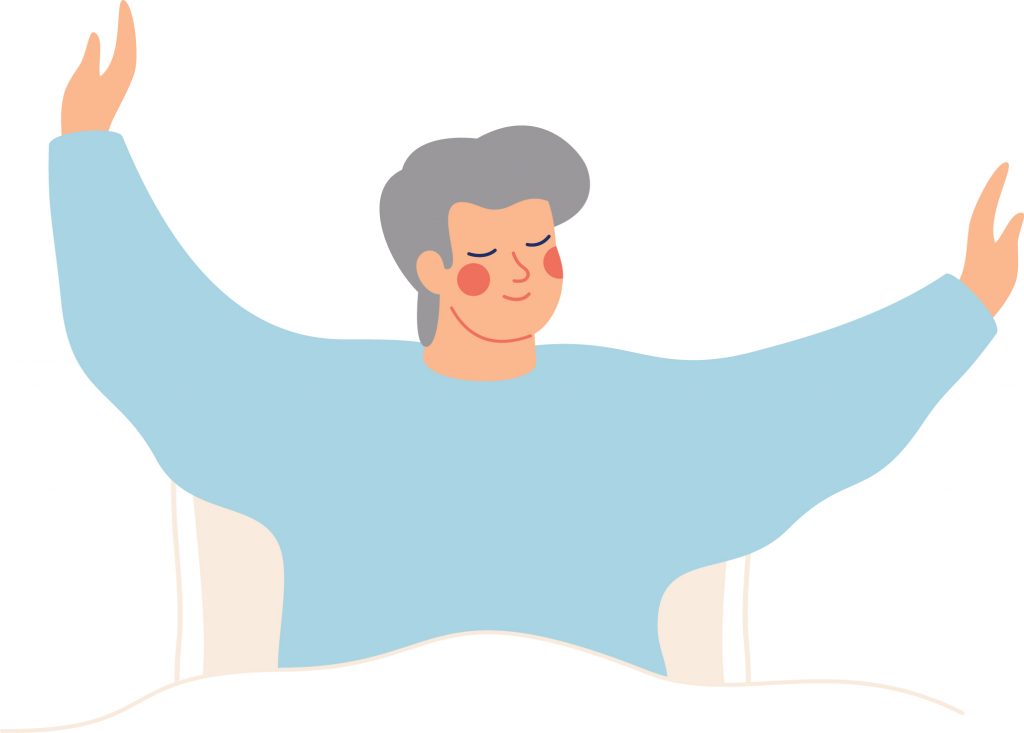By Terry Harrell, Executive Director • Judges and Lawyers Assistance Program

2016 introduced two groundbreaking studies on well-being in the legal profession: “The Prevalence of Substance Use and Other Mental Health Concerns” examined the profession as a whole,1 while “Suffering in Silence” focused exclusively on law students.2 These studies ignited the creation of the National Task Force on Lawyer Well-Being and what has become known as the lawyer well-being movement.
Then in 2017 the Task Force published The Path to Lawyer Well-Being: Practical Recommendations for Positive Change, a report with recommendations for improving the well-being of everyone in the legal profession.3 That report and the lawyer well-being movement in general have led to significant changes by the judiciary, legal employers, law schools, legal regulators, and lawyer assistance programs around the country.
State supreme courts around the country, including Indiana, have removed questions about mental health and substance use diagnoses or treatment from bar applications. Legal employers have implemented significant well-being programming and improved access to well-being resources. Law firms have found creative ways to reduce the focus on alcohol at firm events, implemented policies around well-being issues, and hired well-being directors, therapists, and coaches. The initial studies have also inspired further research.

Stress & Resiliency in the U.S. Judiciary
The 2017 Task Force report recommended additional research looking exclusively at the well-being of judges.4 A coalition including the American Bar Association Commission, the National Judicial College, and the National Center for State Courts conducted a survey of judges in 2019. The survey, published in 2020, found that the most common effects of judicial stress were fatigue, disturbed sleep, struggles with attention and concentration, and an inability to stop thinking about cases during non-work time.
Most usefully, the survey clarified areas where judges would welcome help in increasing their resilience. It revealed significant discrepancies between the number of judges who thought the following practices would be helpful to them and the number who reported engaging in those practices:
- Education on and development of mindfulness and meditation practices
- Peer Support
- Development of yoga or other stretching practices
- Ability to obtain an adequate quantity and quality of sleep
This information supplies us a roadmap for aiding our judiciary in developing increased resilience.

Mental Well-being in the Legal Profession: A Global Study
In 2021, the International Bar Association published “Stress and Resiliency in the U.S. Judiciary,” which included the results of its global survey of lawyer well-being.5 The survey focused on well-being in the workplace and included the following significant findings:
- 41% would not discuss well-being concerns with their employer for fear of such disclosure having a negative impact on their career.
- One third of participants responded that work had a negative or extremely negative impact on their well-being.
- Lawyers in ethnic minority groups had well-being scores significantly below average for the profession and were more likely to report depressing thoughts, emotional upset, or relationship problems because of work-related well-being issues.
These findings leave little doubt that legal employers have work left to do.

Where Are We on the Path to Law Student Well-being?
In 2018, the ABA Commission on Lawyer Assistance Programs Law School Committee surveyed what progress American law schools are making in the well-being arena.6 The Committee received responses from more than half of the accredited law schools in the country.
- 90% of law schools responding said they are actively engaged with their state’s lawyer assistance program.
- 87% offer programs to support physical health.
- 67% offer education on mindfulness or meditation.
- 92% incorporate well-being information into orientation for 1L students.
While there is great variation in the types of programming and services among the law schools there are many signs of progress.

Institute for Well-Being in Law
Another recent development in the lawyer well-being movement has been the 2020 transition of the National Task Force on Lawyer Well-Being, an entirely volunteer-driven organization, into a non-profit, the Institute for Well-Being in Law. The Institute, found at lawyerwellbeing.net, uses advocacy, research, education, technical and resource support, and partnerships in the legal profession to lead a culture shift in the legal profession to establish well-being as a vital part of professional success.
Now, six years from the publication of “The Prevalence of Substance Use” and “Suffering in Silence” the well-being movement is going strong. Recent research has shown both significant progress and significant opportunities for further improvement.
1 “The Prevalence of Substance Use and Other Mental Health Concerns,” Journal of Addiction Medicine 10 (2016).
2 “Suffering in Silence,” Journal of Legal Education 66 (2016).
3 The Path to Lawyer Well-Being, National Task Force on Lawyer Well-Being (2017), perma.cc/UAW9-2ES5
4 “Stress and Resiliency in the U.S. Judiciary,” Journal of the Professional Lawyer (2020).
5 Mental Wellbeing in the Legal Profession: A Global Study, International Bar Association (2021), perma.cc/V33A-UG85
6 “Where Are We on the Path to Law Student Well-Being?: Report on the ABA CoLAP Law Student Assistance Committee Law School Wellness Survey,” Journal of Legal Education (2019).